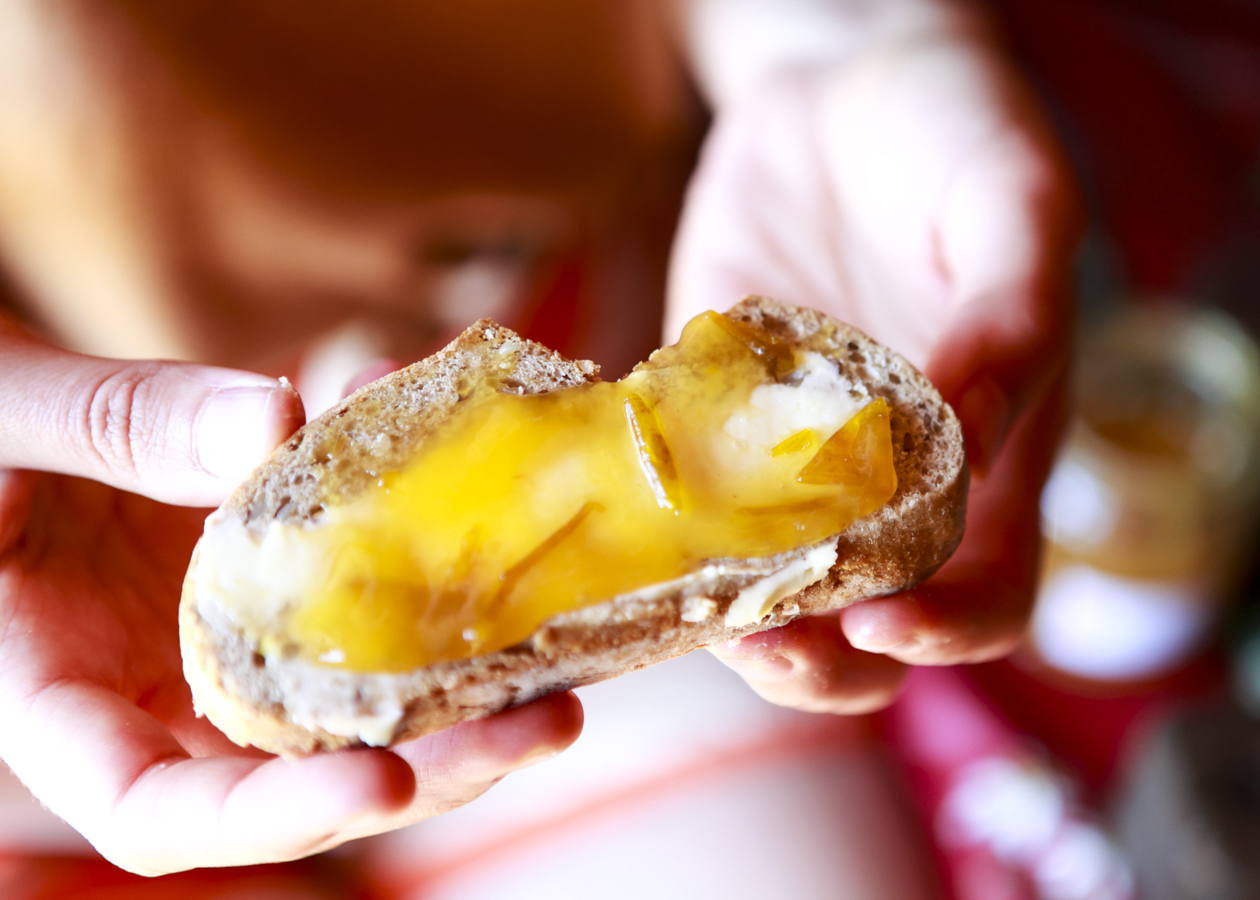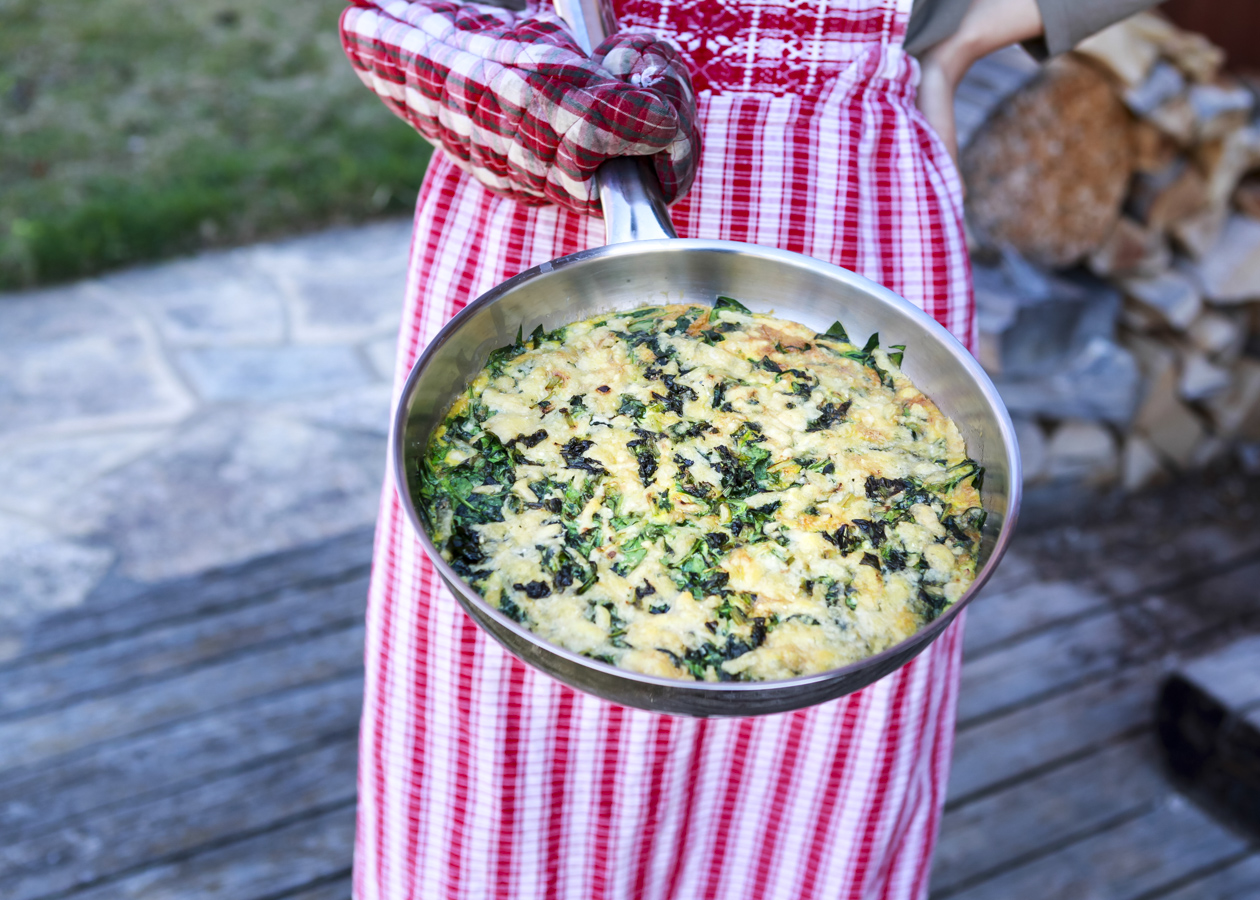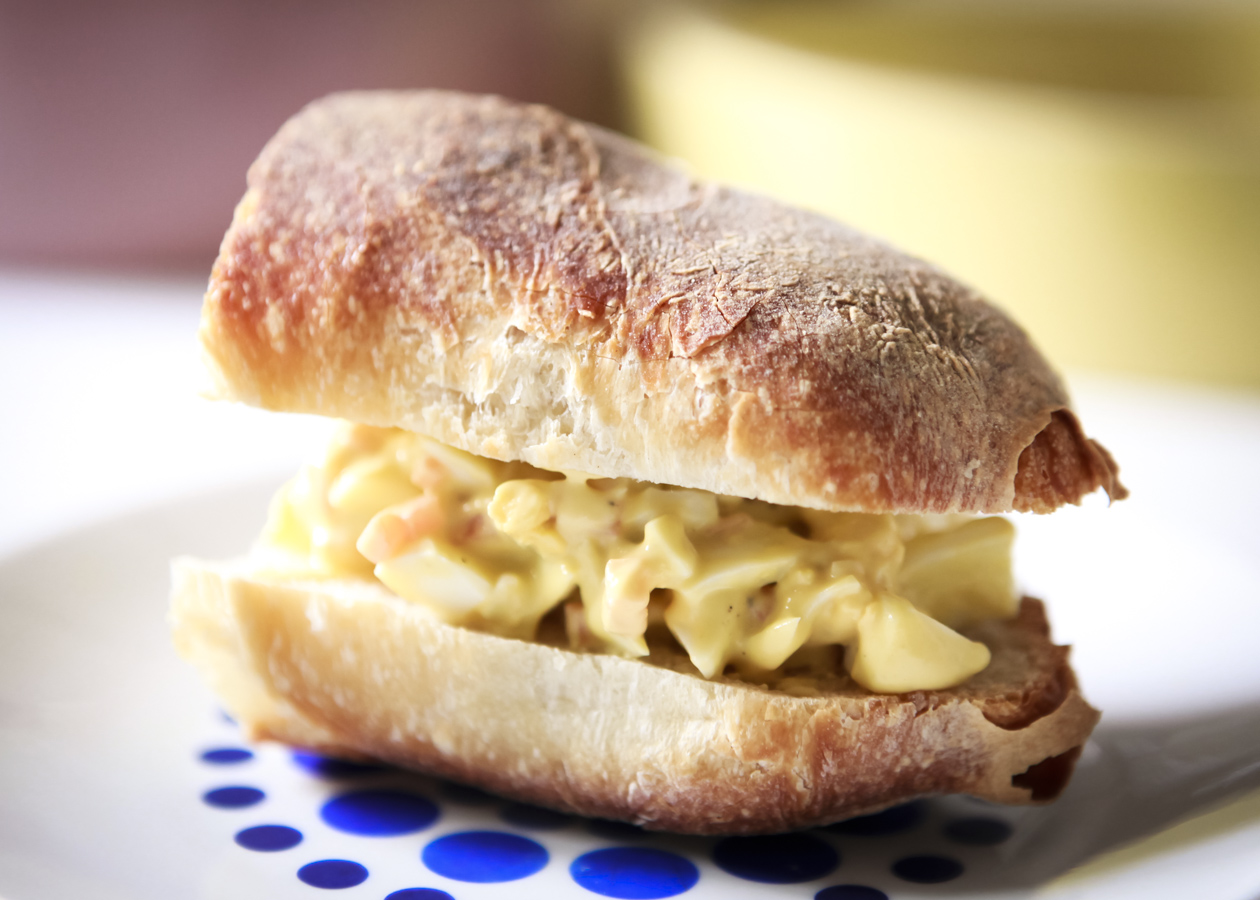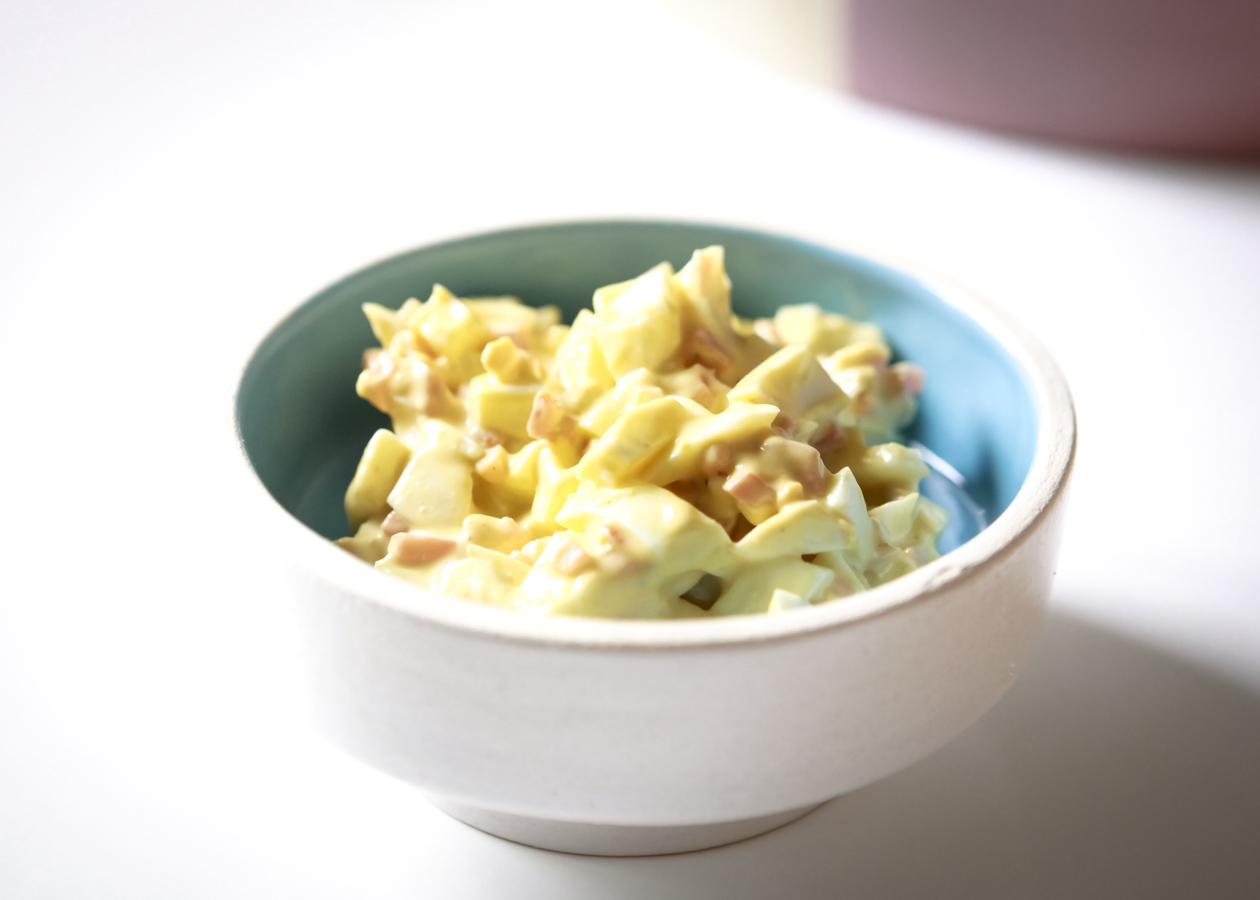It seems that Winter has blown its last breath in Geneva. Hallelujah! March is long gone (& so swiftly did it pass, with many thanks to the kind friends who participated in last month’s Collaboration Celebration) and we’re well into Spring, with all its sunniness, open terraces and blossoms. Can I get a (non-demoninational) amen?
L & I spent this past week in the mountains, where a few (relevant-to-this-post) things happened:
#1. I had the chance to talk nutrition with a new friend &, as a result of our conversation, was reminded just how challenging it can be to have a clear view of what it means to eat “well”.
#2. We witnessed, what I reckon to be, the last snowfall of the season and the first downright summery days of the year all in the span of less-than-a-week. Spring is truly the season of rapid change, with so much new growth and such vivid, formerly-dormant energies shooting forth into the light.
What better season to wipe our proverbial nutritional slates clean?
These days, there are a lot of rules for eating well. I attribute all the murkiness surrounding nutrition to these rules. You’ve probably heard at least a few: Don’t eat carbohydrates. Only eat raw fruits. Never eat after 6pm. Intermittent fast and only eat after 4pm. Add coconut oil and butter to your coffee. Don’t drink coffee. Juice-fast. Don’t eat sugar. Eliminate gluten. Sprout your grains. Cut out dairy. Include dairy products only if your blood type is B. Eat clean.
If you feel like this list has left you wondering what you can actually eat, dear friend, you are not alone.
The word nutrition comes from the latin verb nutrire–meaning to feed, to nourish. These days, nutrition has been turned into an industry that sometimes seems to connote the opposite. The products of this industry change–perhaps it’s a book, a type of protein powder, perhaps it’s even a personality (ahem, Food Babe)–but the objective remains the same: to sell.
Let’s look at Rule #13–Eat Clean–as a prime example. The implication behind this phrasing is that it’s possible to do the opposite, to eat dirty. Actually, I prefer to do just that as the foods I love are foods that come from soil, dirt, the same dirt under my feet, in fact, as I like to keep it regional.
The other nettlesome implication is that we are dirty. Toxic, even. We must eat clean, detox, cleanse, restrict in order to be healthy, or “clean”. We must buy juicers, high-tech blenders and spiralizers, follow the same grocery-store list as an author or blogger or celebrity (Goop must be stopped) living in southern California if we really want to eat well.
Now, let’s all take out our erasers and let’s start with #13. Clean-slate-time, friends!
Do you have your piece of chalk ready? Because I’m going to share with you the only rule for eating well you’ll ever need to follow:
Nourish yourself.
Fill your diet with the nourishing foods that surround you. For me, this Spring, this means a spinach-and-egg-tortilla, a wild-garlic-and-new-potato soup, a glass of rhubarb kombucha, a jar of nettle infusion and, at the same time, a mirabelle-jam tartine, cracked-off chunks of a giant chocolate bunny, anchovy-and-caper pizza and a tall glass of beer.
I’ve found that the principle of nourishing our Earth (through choosing to eat according to region and season), is truly the most nourishing diet for ourselves, but I’ve also found that the principle of letting go of restrictions every once-in-a-while yields miraculous results (the joy of the late-night falafel, for example), as well.
What’s nourishing you this Spring?








